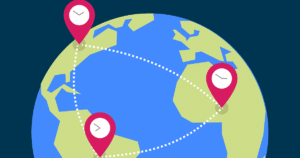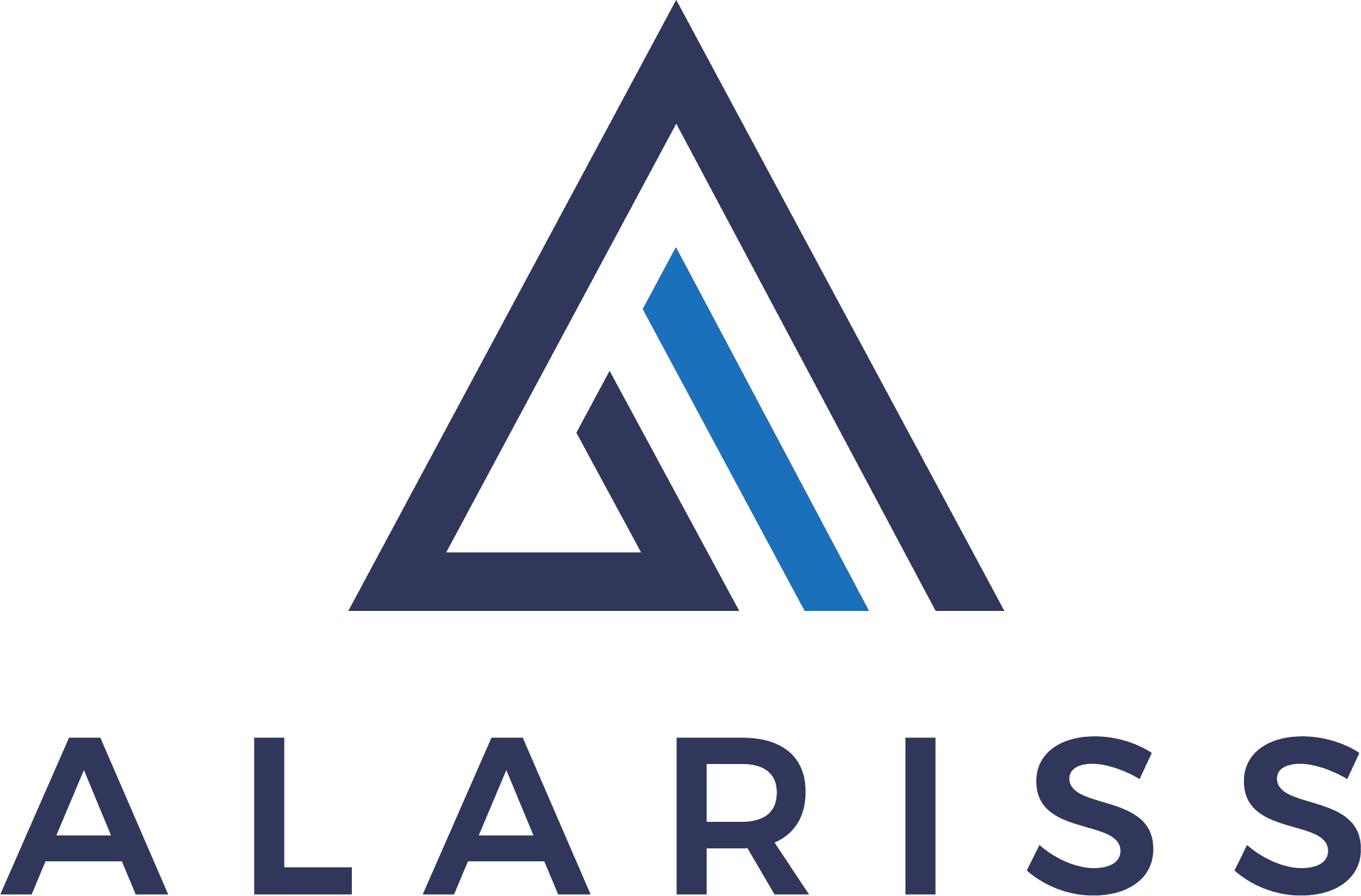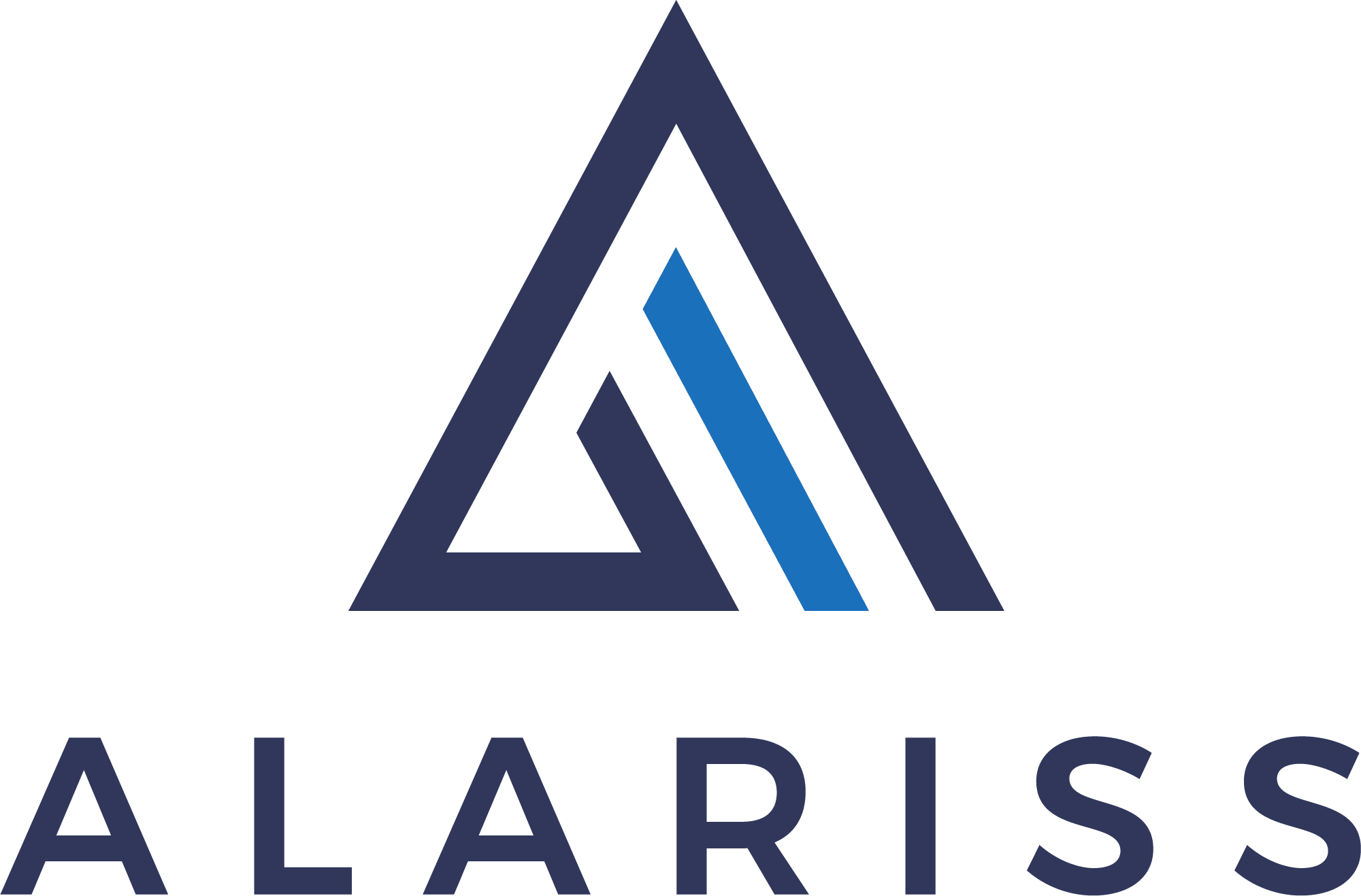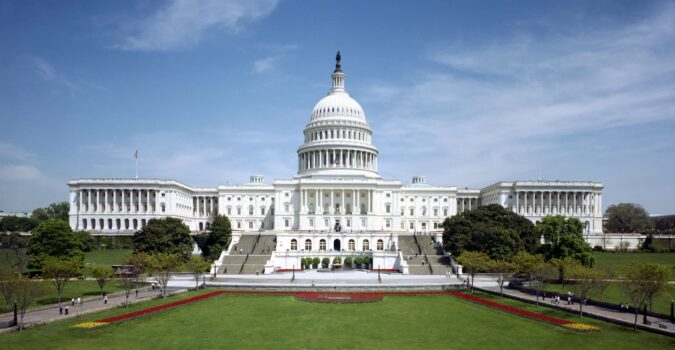Blog
Scheduling Meetings and Doing Business Across Time Zones

January 20, 2023
In the future of work, when meetings can be scheduled across multiple countries and time zones all in one day, it is important to understand how to most effectively do business and schedule meetings across different geographies.
There are a few simple tips and frameworks to use when scheduling meetings and doing business across various geographies and time zones.
Know your audience
Put yourself in their shoes, and understand how and when your audience might prefer to connect. Scheduling preferences vary dramatically by country, religion, culture, industry, age, etc. For instance, someone with young children is unlikely to want to speak with you later in the evening around their dinner time, but someone who’s a tech founder working all odd hours of the day might prefer that time, because it’s when they don’t have to fight fires at work.
In some countries, weekends are Fridays and Saturdays, and in some religions, strict observance of the Sabbath means no electronic devices over the weekends.
Holidays also vary across regions, as do people’s willingness to answer business emails over the holidays. Some people remember to set up auto-away messages, but most will not. So if you don’t hear back after a while, you can politely send a follow-up message.
Stay organized and use calendar invitations
Time can quickly fill up, and now, with technology, we are more capable than ever before of doing international business, across different time zones and regions, all in one day. For instance, this was the morning schedule for an Alariss Global team member. Note that times will change based upon daylight savings:
- 7:00am San Francisco/7:30pm Bangalore for a meeting with an Indian EdTech company
- 8:00am San Francisco/5:00pm Johannesburg with a South African FinTech company
- 9:00am San Francisco/6:00pm Madrid time with a World Bank consultant working for the Nairobi office but located in Spain
- 9:30am San Francisco/6:30am Honolulu for a meeting with a candidate in Hawaii
- 12:00pm San Francisco/3:00pm Detroit with a healthtech company selling to hospitals and clinics in Michigan
Afternoons are good times for catching up on emails and having meetings with US-based counterparts, and 4pm is usually 7am in China/Singapore, which is when the next wave of meetings will often begin.
When coordinating with so many different countries and time zones, it is important to stay organized, empathize with others’ perspectives, and be flexible. It might seem a little much, but it is useful to send calendar invitations, sometimes with a copy/paste of the email thread in the Notes section so they have context if you need to schedule a few days out.
Note their time zone
Most people are not operating in multiple time zones, so when they say “I am free at 3pm” they usually mean “3pm in my time zone.” To avoid the awkwardness of letting them know that their time 3pm is 3am your time, and to reduce mental fatigue for them, when setting up a call, you should suggest either time slots:
We are located in California PDT time zone so it seems like morning our time and late afternoon/evening your time would work best for timing. Please let me know when you might be free and I can send over a calendar invite.
OR you can even be flexible but give a specific time so they can answer yes or no:
Do you have a few minutes available for a call? I am located in Philadelphia, Pennsylvania (EST), so perhaps 10am your time on Tuesday morning?
Make sure to take on the mental burden of calculating time zones and daylight savings on yourself. And the calendar invitation is a good tool–you can actually set it for the time they said (i.e. 2:30pm Bangkok) and confirm it on your own calendar.
Use scheduling tools
There can be a lot of back-and-forth over scheduling, and it might take 24 hours or longer, because they might reply to an email about scheduling while you’re asleep.
Calendly.com is a free and easy tool. You can include your Zoom link so it automatically sends with calendar holds, and it automatically syncs to your calendar. It can be annoying sometimes because you might get unexpectedly booked for a time that is available, but isn’t convenient. On top of that, some executives take offense if you try to make them book time with you (it implies that your time is more important), so you want to be extra careful and empathetic in how you message it when you use Calendly.
Use HubSpot’s free Meeting booking link, which you can format and find in your HubSpot account under “Sales” and “Meetings”
But again, these scheduling tools are only useful if the other person is willing to book. Sometimes, they feel uncomfortable doing so or are unable to access the link (especially true if they are located in China), so direct coordination might still be best.
Follow Up
Follow up, be polite, send next steps, and send reminders. If they say “this is interesting, let’s have another discussion in a month,” then you should summarize your key takeaways from the first discussion and then send a tentative calendar invitation for a month out and just let them know it’s for the purpose of reminding both of you to check in.
As the world becomes ever more global and interconnected, time zones will just be a reality of doing business. At Alariss Global, we help international companies expand into the US market with local teams, and also help Americans find meaningful, global, remote jobs. We have many tools and tips for making these cross-border relationships work, and always welcome new perspectives!





